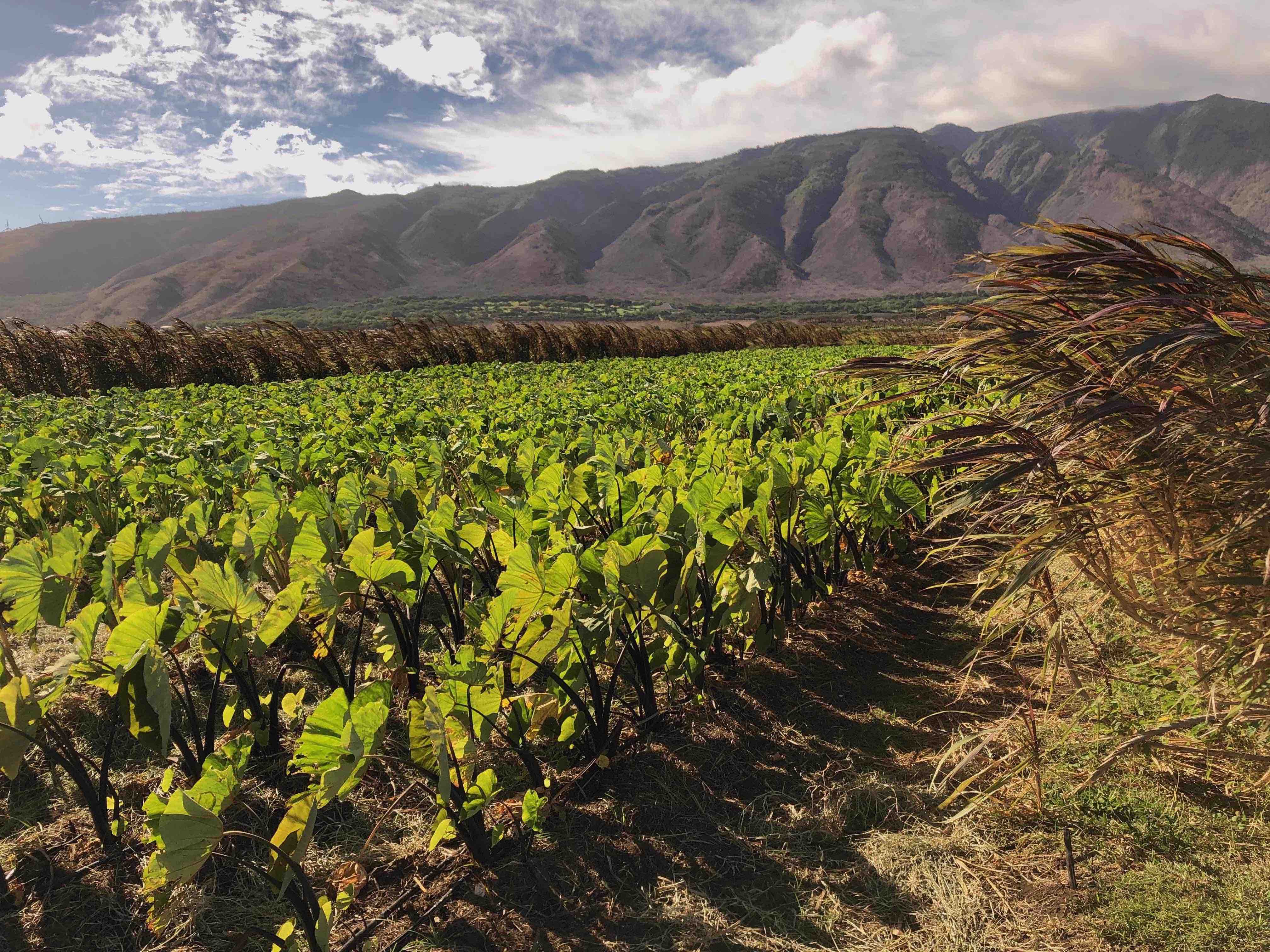HONOLULU — Hawaii and Japan on Tuesday agreed to build a smart grid on Maui to demonstrate how solar, wind and other renewable energy sources can be integrated into an electrical grid.
The project aims to overcome one of the obstacles that prevent communities from using more renewable energy and create a model for others around the world to follow.
The experiment will involve homes and business in Kihei, though some electric vehicle charging stations involved will be placed on other parts of Maui.
The Japanese-government-sponsored New Energy and Industrial Technology Development Organization, or NEDO, will invest $37 million in the experiment. The state of Hawaii, Hawaiian Electric Co. and other companies are providing their experience and facilities.
Hawaii Gov. Neil Abercrombie and NEDO President Hideo Hata signed an agreement to build the grid in a ceremony at the state Capitol.
“This U.S.-Japan project will build the most advanced smart grid in the world,” Hata told reporters. “This project aims to be not just a model for the Asia-Pacific region but for the entire world.”

It’s challenging to bring wind and solar power into existing electric grids on a large scale because the amount of wind and solar power they generate varies depending on the weather. Existing grids aren’t designed to handle fluctuating power supplies.
Solar power sources — panels on building roofs, for example — may also be dispersed across a wide area. This is in contrast to the power generating plants that utilities currently rely on.
The governor said the experiment will help Hawaii find ways to shift away from imported oil. He predicted the experiment would also give the state a head start on innovative energy technology.
“After the test is done, we’ll have in place an alternative energy infrastructure that will be highly valuable to us now and on into the foreseeable future,” he said.
Hawaiian Electric, which supplies power to Maui through its subsidiary Maui Electric, says the project won’t disrupt the flow of electricity to consumers.
The utility will be recruiting customers willing to participate in the experiment. Some participants may have electric vehicles or solar panels.
Engineering design for the experiment will begin now, while construction is expected to start at the end of next year. The parties will begin demonstrating their technology in 2013 and analyze their results in 2014.


